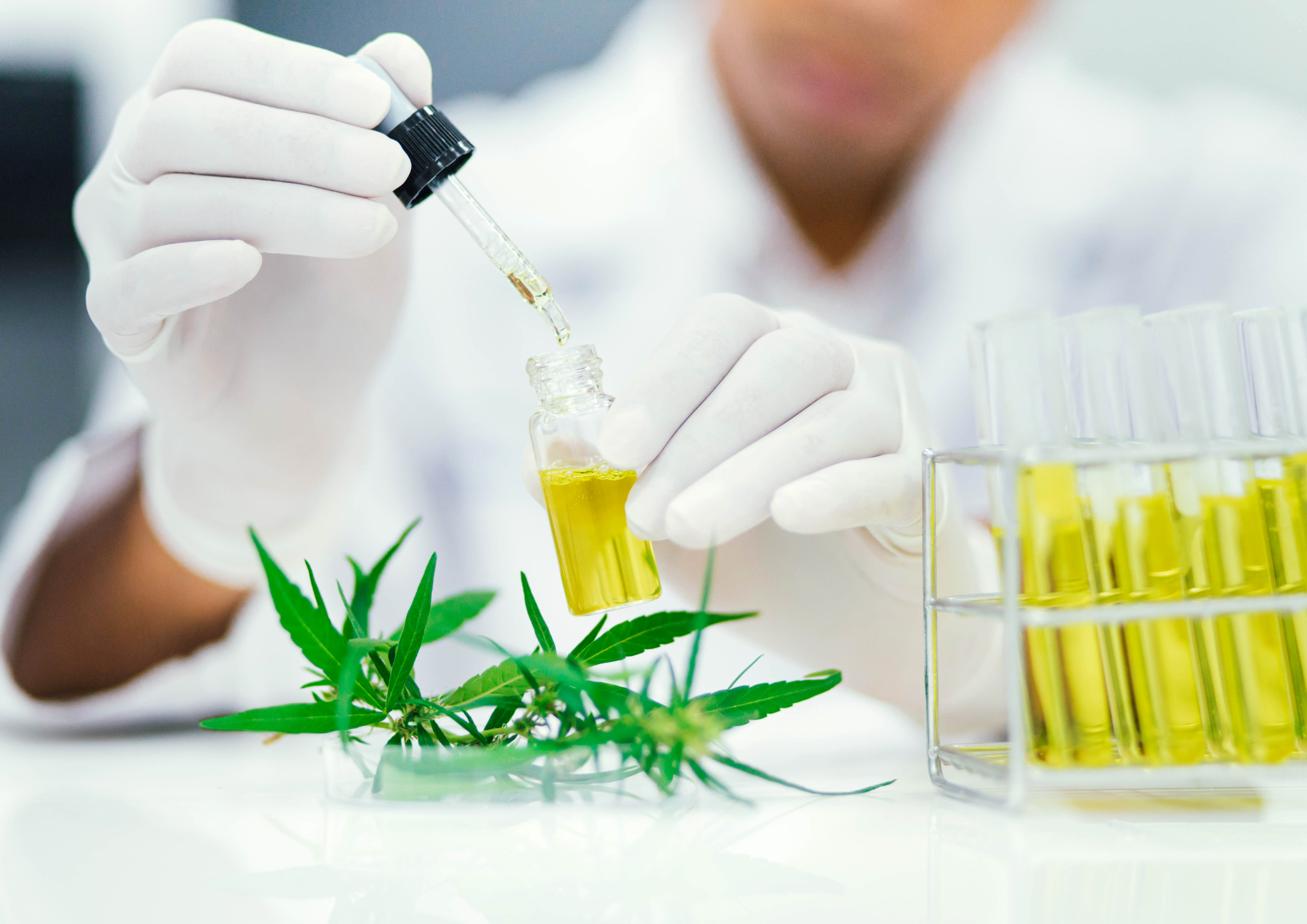
Extracts from cannabis are becoming more popular on an international scale and with the market growing so does interest in the subject. Here then are 10 things to know about extractions.
What is the difference between extract and distillate?
An extract is the product of a process which allows the separation of the active principles of a plant’s raw matter. Extraction can be obtained through the use of solvents – propane, butane or ethanol, for example –, which dissolve the raw matter at first and allow the separation of the different compounds from the plant material; or without the use of solvents, a method which allows the production of concentrates following chemical and physical laws through pressure, heat and water.
Distillates, instead, are created only after extraction and filtration and they’re the result of a molecular separation which helps companies to isolate the different compounds present in the extract and achieve a more concentrated substance; in the case of cannabis, for example, these compounds can be CBD and THC.
2. When we talk about extractions, what are the differences between Cannabis and hemp?
The main difference between the two raw materials is the quantity and quality of the components: with Cannabis, for example, cannabinoids are more present and for this reason this plant is better for therapeutic use. At the same time, if we wanted to use hemp, to reach the same result it would be necessary to use more raw material from the start.
3. Which equipment do we need to produce an extract?
A Universal answer to this question doesn’t exist, because the tools depend on the type of cannabinoids we want to extract, for which market they are intended and for which products they will be used: oils, distillates, brews…
Once an answer to these questions has been satisfied, it’s important to meet with the experts of the industry to select the best process of extraction and the tools best suited for our needs and activity.
4. Which are the main methods?
The main techniques of extraction are three, using ethanol, CO2 or butane/propane.
Extraction by ethanol offers higher productivity compared with the one using CO2 and it’s ideal for distillates and isolates on a larger scale; at the same time, though, it’s more dangerous and usually it removes the terpenes which, if necessary, need then to be added by hand in a second phase. This doesn’t happen in extractions by carbon dioxide. In butane and propane extraction too there’s a lower return than the one using ethanol, but it allows the retention of all the main terpenes and cannabinoids.
5. Why are automated systems of extraction preferable to manual?
Processes of extraction can be dangerous and, especially those activated manually. It’s crucial to have the presence of an expert who has a full understanding of the complexity of the system.
Systems of completely automated extractions, instead, drastically reduce the time necessary to learn how to use the equipment and are a guarantee for efficiency and better results independently of who’s managing it.
As anticipated, they can also be safer, because they usually use two protection levels – the possibility of mechanical backups and electronic control.
This last one, in particular, constantly monitors the levels of pressure inside the system and automatically reacts to a condition of over-pressure to avoid damaging the equipment and/or the release of substances in the structure.
6. How many people are needed in the extraction process?
The number of workers depends on the dimensions of the business, on machinery involved in the process and on the results we want to achieve.
Normally, in a proven and optimised environment where the workflow goes through stages of refrigeration, filtration, vaporisation, decarboxylation and distillation, the minimum number of operators of extraction is three, provided they have knowledge and experience.
7. What are the key factors to maximise the ROI of the equipment for extraction?
The return of investment (ROI) depends mostly
on the biomass and the quality of the primary raw material: with plant matter with low cannabinoid content, in fact, the final costs can’t clearly be high.
To this, we need to add good management capable of evaluating and balancing the workmanship, expenses and costs of maintenance. To maximise the ROI it’s also important to pay attention to the performance, use of energy involved, times of extraction, functionality of the machinery, reliability of the equipment and the people involved in the process and internal dynamics, reducing inactive time.
8. How important is decarboxylation?
Decarboxylation is crucial for the production of extracts, because it allows the obtainment of two main compounds of Cannabis: cannabidiol (CBD) and tetrahydrocannabinol (THC). Decarboxylation is in fact a process which happens naturally when cannabis is burnt for inhalation, but it’s a necessary step to take when the plant is for the production of extracts.
9. What is the difference between full-spectrum, broad-spectrum or CBD isolate extracts?
A full-spectrum extract is a product which contains all the therapeutic components of the plant (discarding the unnecessary ones because without any particular benefit); in the case of Cannabis we refer to CBD, to THC, but also to aromatic terpenes, to flavonoids, to proteins and to phenols.
A broad-spectrum extract, instead, doesn’t contain THC, while in the isolated CBD, as obvious from the name, there’s only the cannabidiol.
10. How is the quality of an extract evaluated?
The quality of an extract can be evaluated by carefully reading the label or instructions of the product, through which we should find the method of extraction used (in this case it’s better to refer to products obtained by sophisticated methods with safe and stable solvents, like supercritical CO2); the properties of the raw material (growing methods, its state – fresh or dried – of the plant material at the moment of extraction…); and the exact concentrations of biomolecules.

